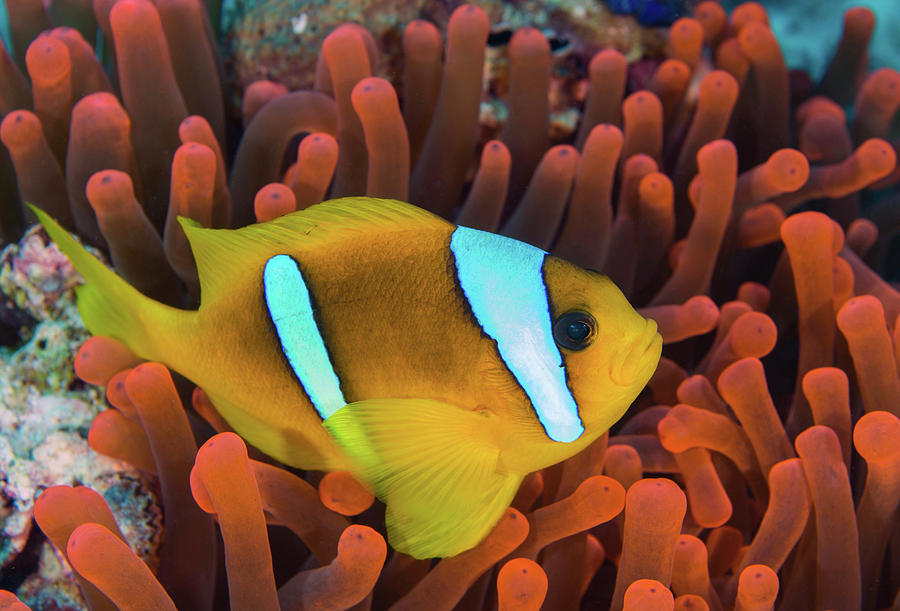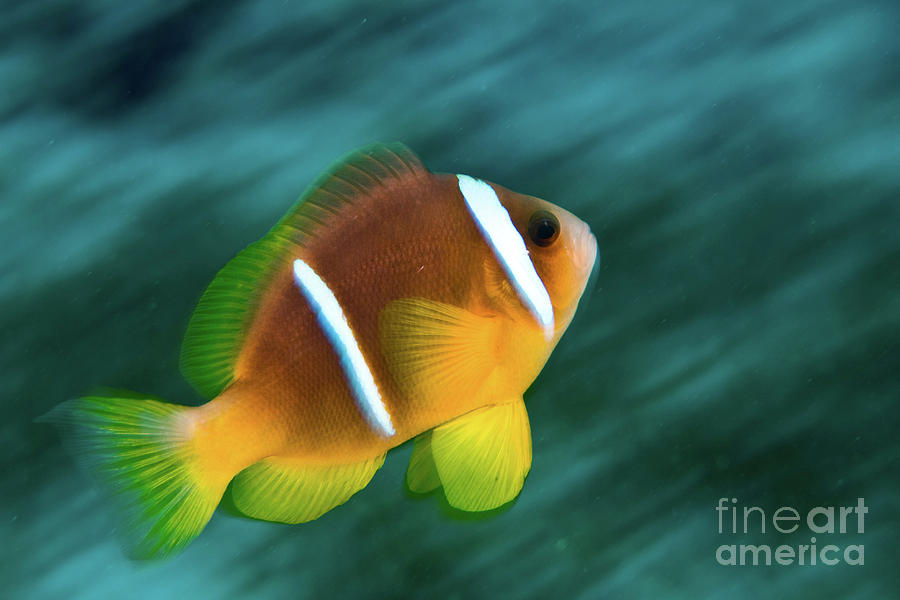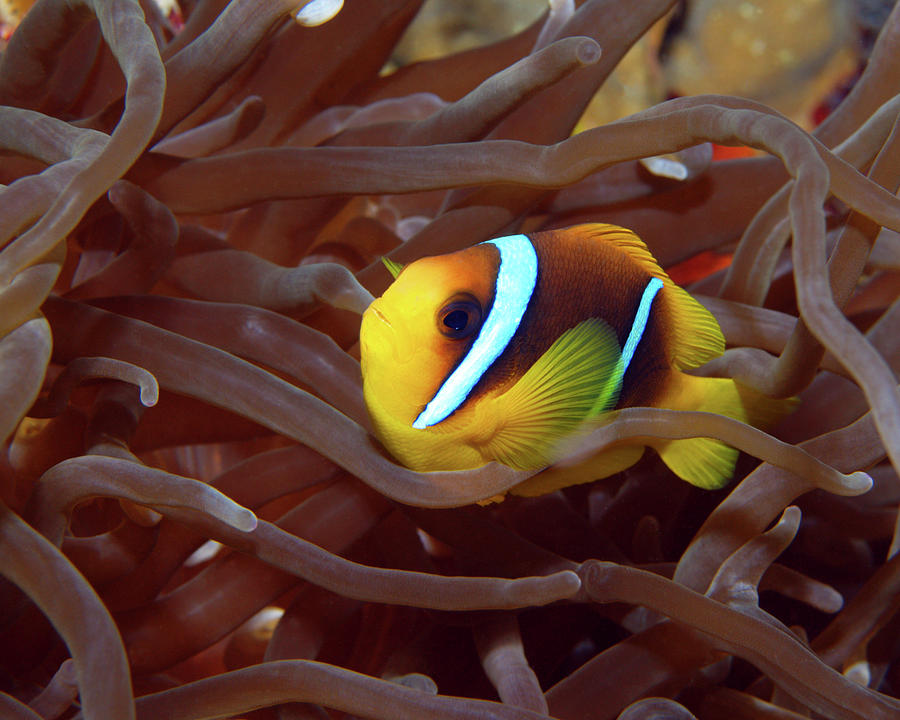Red Sea Clownfish
Have you ever seen the vibrant and lively Red Sea Clownfish in action? These incredible creatures are a sight to behold, with their bright colors and playful personalities. But there is so much more to this species than their stunning appearance. In this post, we'll explore the fascinating world of Red Sea Clownfish and why they are such an important part of our aquatic ecosystem.
Understanding the Pain Points of Red Sea Clownfish
Although Red Sea Clownfish are undoubtedly beautiful and captivating, they are not without their challenges. These fish require a carefully controlled environment to thrive, and they can be susceptible to a range of health issues if their living conditions are not optimal. Owners must be diligent in their care, monitoring factors such as water quality, temperature, and nutrition constantly to ensure these fish stay healthy.
Answering the Target of Red Sea Clownfish
Red Sea Clownfish are most commonly found in the warm, shallow waters of the Red Sea itself, as well as in select aquariums around the world. Their natural habitat consists of coral reefs, where they spend their days playing and tending to their young. These fish are a vital part of the ecosystem, contributing to the overall health and balance of their environment.
Summary of Key Points
Red Sea Clownfish are stunning fish that require diligent care and attention to thrive. They are most commonly found in the Red Sea and contribute to a healthy and balanced ecosystem in their natural habitat. Let's take a deeper dive into the fascinating world of these captivating creatures.
The Target of Red Sea Clownfish and Personal Experience
During my travels to Egypt, I had the pleasure of diving with Red Sea Clownfish in their natural habitat. I will never forget the rush of excitement as I dove deeper into the crystal-clear waters, watching as these energetic fish swam playfully around me.
Back on land, I was delighted to learn more about the unique characteristics of Red Sea Clownfish. These fish are known for their bright orange color, which serves as a powerful defense mechanism in the wild. They have a symbiotic relationship with anemones, which provide protection and shelter for the fish in exchange for food and waste. This mutually beneficial partnership is just one of the many fascinating aspects of Red Sea Clownfish.
Caring for Red Sea Clownfish
As previously mentioned, caring for Red Sea Clownfish can be difficult, but it is well worth the effort for the joy and beauty they bring. One of the most important aspects of their care is maintaining optimal water quality. This requires frequent testing and monitoring of pH, ammonia, nitrite, and nitrate levels. Regular water changes are also crucial to keep the tank clean and healthy.
In terms of nutrition, a varied diet is essential for these fish to thrive. Ideally, they should be fed a mix of frozen or live foods, such as brine shrimp, mysis shrimp, or chopped fish or squid. Supplements such as vitamins and minerals can help ensure they receive all the necessary nutrients.
Importance of Red Sea Clownfish in the Ecosystem
Red Sea Clownfish play a critical role in maintaining a healthy and thriving ecosystem. They help to control the populations of smaller creatures by preying on them and provide food for larger fish. They also help to pollinate the coral, which aids in reproduction and the overall health of coral reefs.
The Future of Red Sea Clownfish
As with many underwater species, Red Sea Clownfish face threats from factors such as climate change and overfishing. However, by understanding their importance and taking steps to protect their natural habitats, we can help to ensure that these fascinating creatures thrive for generations to come.
Question and Answer
Q: Do Red Sea Clownfish have any predators?
A: Yes, Red Sea Clownfish have predators such as larger fish, eels, and sea birds. However, they are well adapted to their environment and have a variety of defense mechanisms.
Q: How long do Red Sea Clownfish typically live?
A: Red Sea Clownfish can live for up to 10 years in the wild, and up to 15 years in captivity with proper care.
Q: Do Red Sea Clownfish change color?
A: Yes, Red Sea Clownfish can change color depending on factors such as stress, mating, lighting, or illness.
Q: Can Red Sea Clownfish be kept with other fish?
A: Yes, Red Sea Clownfish can be kept with other fish as long as they are compatible in terms of temperament and size. Some good tankmates include gobies, blennies, and small tangs.
Conclusion of Red Sea Clownfish
Red Sea Clownfish are incredible creatures that bring a sense of vibrancy and excitement to any aquarium or ecosystem. While they require diligent care and attention, their beauty and importance make them well worth the effort. By understanding their unique characteristics and taking steps to protect their natural habitats, we can help to ensure these captivating fish thrive for generations to come.
Gallery
Red Sea Clownfish Amphiprion Bicinctus Photograph By Andreas Schumacher

Photo Credit by: bing.com / clownfish schumacher amphiprion
Red Sea Clownfish Photograph By Hagai Nativ | Fine Art America

Photo Credit by: bing.com / sea red clownfish hagai nativ photograph 25th uploaded april which
Bicinctus (Red Sea) Clownfish
Photo Credit by: bing.com / clownfish sea red bicinctus per upscaleaquaticsnc
Red Sea Clownfish, Eilat, Israel 1 Photograph By Pauline Walsh Jacobson

Photo Credit by: bing.com / clownfish walsh jacobson
Red Sea Clownfish Tending Eggs In Home Aquarium - YouTube

Photo Credit by: bing.com / clownfish sea red
